In a groundbreaking fusion of biotechnology and audio engineering, scientists have turned to the humble silkworm to revolutionize headphone technology. By genetically modifying silkworms to produce spider silk proteins, researchers have developed an ultra-thin acoustic membrane that could redefine sound quality in personal audio devices. This innovation harnesses the extraordinary mechanical properties of spider silk – long admired for its strength and flexibility – and translates them into an unexpected application: high-fidelity sound reproduction.
The research team, led by materials scientists and geneticists from several prestigious institutions, spent nearly a decade perfecting the technique to integrate spider silk genes into silkworms. The resulting transgenic silk possesses vibrational characteristics that make it ideal for use in headphone diaphragms – the component responsible for converting electrical signals into sound waves. Unlike conventional materials such as plastic or metal alloys, this bioengineered silk membrane demonstrates unparalleled responsiveness across the entire audible frequency spectrum.
Traditional headphone diaphragms often struggle with trade-offs between rigidity and flexibility. Materials that excel at reproducing bass frequencies tend to distort higher tones, while those optimized for treble may lack depth in lower registers. The spider-silk hybrid material appears to solve this age-old acoustic dilemma. Its unique molecular structure allows for both rapid vibrations needed for crisp highs and sufficient stiffness to maintain control during powerful bass passages.
Beyond its technical advantages, the biological origin of this material offers environmental benefits that could resonate with eco-conscious consumers. Conventional headphone manufacturing relies heavily on petrochemical-derived plastics and energy-intensive metal processing. The new silk membranes, by contrast, are produced through natural biological processes with minimal environmental impact. Silkworms require relatively little space and feed on mulberry leaves, making their cultivation significantly more sustainable than traditional diaphragm production methods.
The production process begins with carefully engineered silkworms that spin cocoons containing the modified silk. These cocoons undergo a specialized harvesting and purification process to extract the raw silk proteins. The proteins are then dissolved and reformed into ultra-thin membranes through a proprietary wet-spinning technique. What emerges are diaphragms measuring mere microns thick – about one-tenth the thickness of conventional materials – yet displaying remarkable durability and acoustic properties.
Early prototypes of headphones equipped with these silk membranes have impressed audio engineers with their sonic characteristics. The membranes exhibit exceptionally low distortion levels, even at high volumes, and provide a frequency response that remains consistent across different listening volumes. Perhaps most remarkably, the silk membranes seem to require less power to drive than conventional materials, potentially leading to longer battery life in wireless headphones.
Audio enthusiasts have long debated the merits of various diaphragm materials, from beryllium to graphene. The introduction of a biologically derived alternative challenges conventional wisdom about what constitutes an ideal transducer material. The silk membranes demonstrate a self-damping quality that prevents the ringing effects common in rigid materials, while their fibrous structure naturally breaks up standing waves that can color sound reproduction.
Commercialization of this technology faces several challenges, including scaling up production to meet potential demand and ensuring consistent quality across batches. However, several major audio companies have already expressed interest in licensing the technology. Industry analysts predict that if successfully brought to market, spider-silk headphones could command premium pricing while appealing to both audiophiles and environmentally conscious consumers.
Looking ahead, researchers speculate about even broader applications for genetically engineered silk in acoustics. The material's properties suggest potential uses in professional studio monitors, hearing aids, and even architectural acoustics. Some scientists envision future iterations that could incorporate additional modifications – perhaps adjusting the silk's properties to create membranes specifically tuned for different sound signatures or applications.
This innovation stands at the intersection of multiple scientific disciplines, combining genetic engineering, materials science, and acoustics in unexpected ways. It serves as a reminder that some of the most advanced technological solutions may come not from synthetic materials, but from harnessing and enhancing nature's own designs. As research continues, the humble silkworm – partnered with spider DNA – may well spin the future of high-fidelity audio.
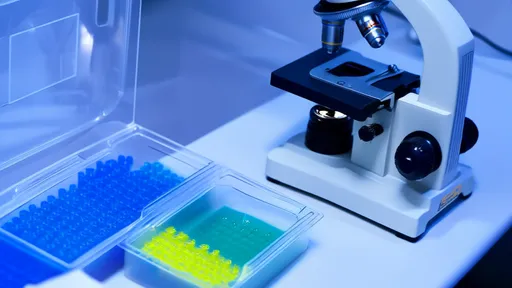
By /Jul 22, 2025

By /Jul 22, 2025

By /Jul 22, 2025

By /Jul 22, 2025

By /Jul 22, 2025
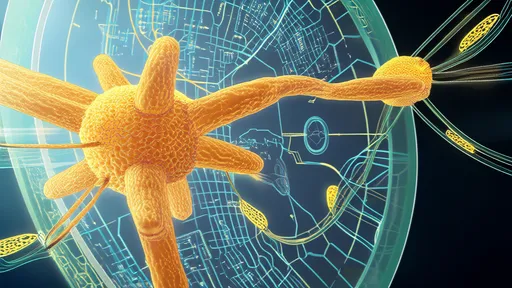
By /Jul 22, 2025
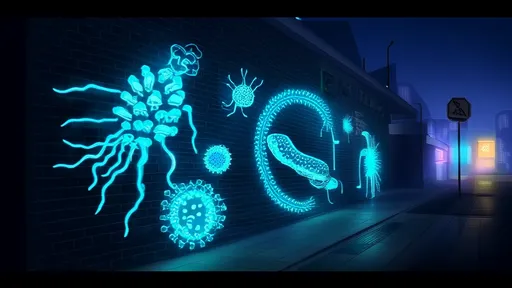
By /Jul 22, 2025
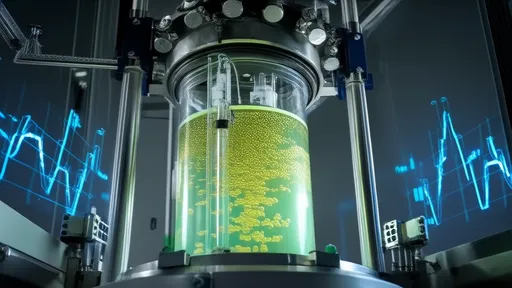
By /Jul 22, 2025
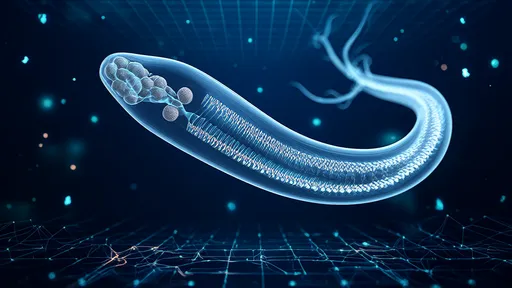
By /Jul 22, 2025
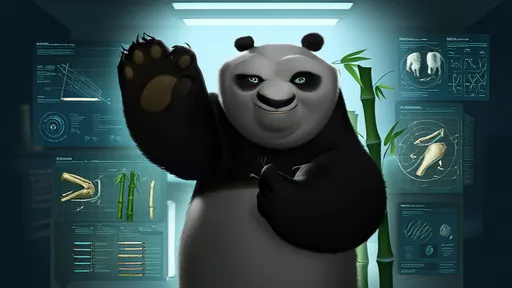
By /Jul 22, 2025
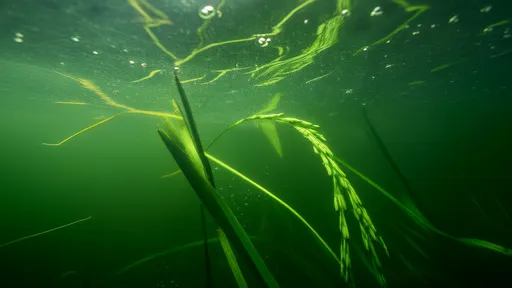
By /Jul 22, 2025

By /Jul 22, 2025

By /Jul 22, 2025
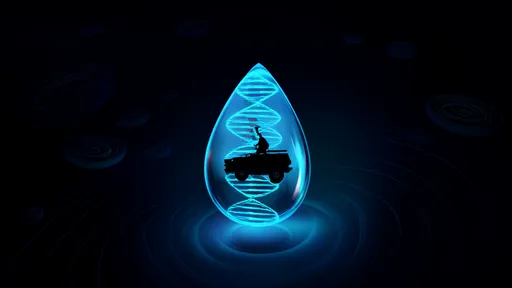
By /Jul 22, 2025
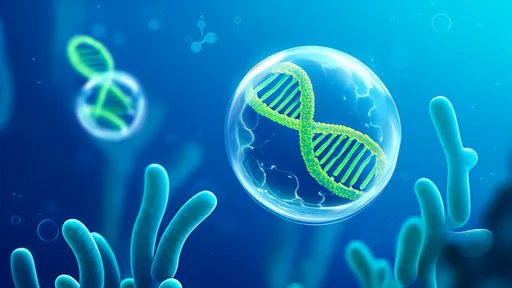
By /Jul 22, 2025

By /Jul 22, 2025
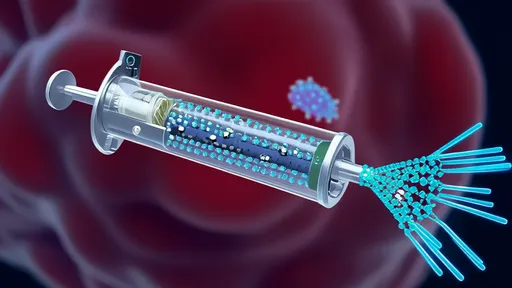
By /Jul 22, 2025
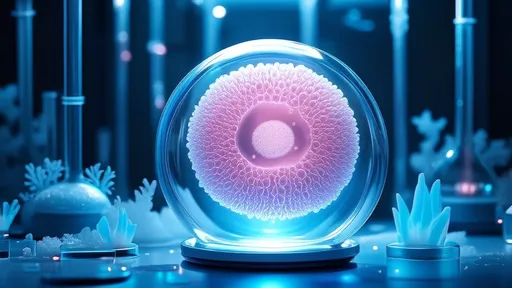
By /Jul 22, 2025